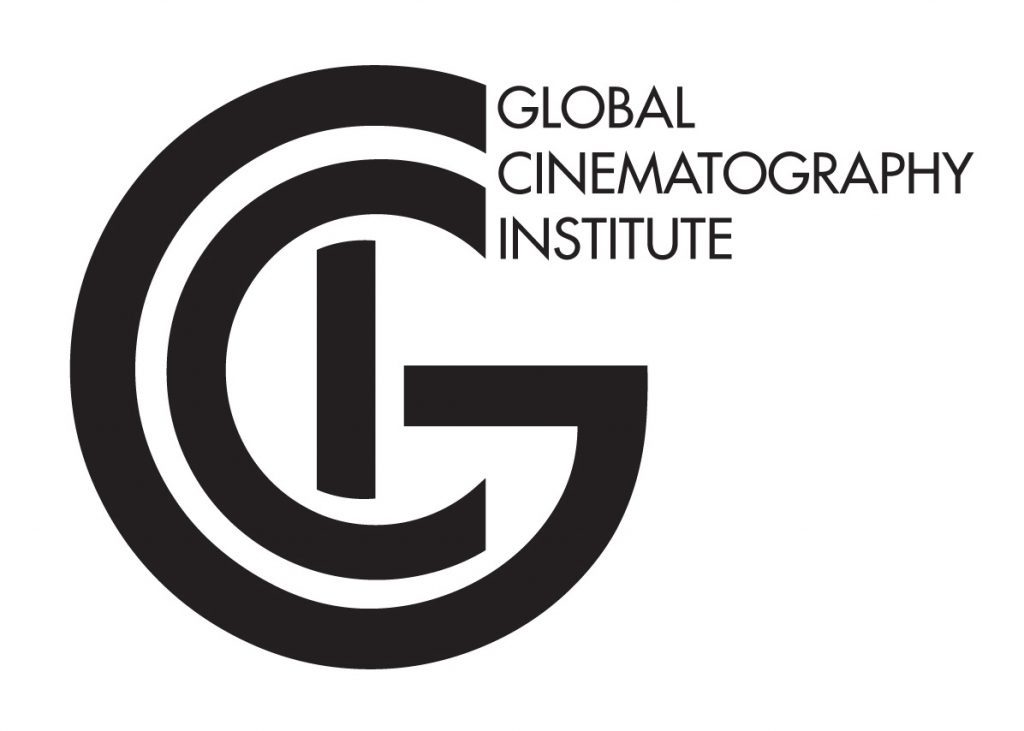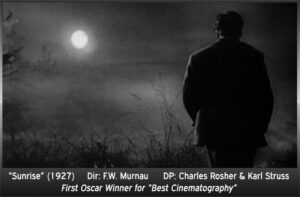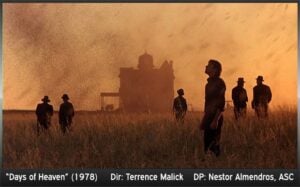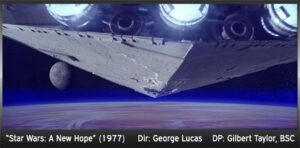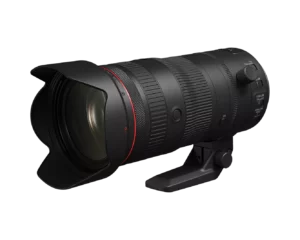On July 23, Global Cinematography Institute will be having another Level 1 session. We will have a new class called, “History of Visual Language in Cinematography” where we will seek to understand the different ways of cinematographic expression in various cultures, countries, and technologies through the study and analysis of cinematographic work as a means of visual communication and expression of script ideas.
We exist in an environment filled with a multitude of images in cinema, television, photography, computer games, and smartphones. Our newest class, History of Visual Language in Cinematography, offers the tools to analyze and understand the artistic and technical qualities of these images, the methods of their creation, and the application for today’s cinematographer to progress his/her art and craft.
Our new class provides knowledge and understanding of the past, and through it, of the present. This opens the window to future styles, technologies, and possibilities. The visual history of cinematography often parallels the history of photography, and it is an organic part of our class and our craft.
This course encourages a better understanding of the meaning of the cinematographic profession in different periods by examining the lives, styles, and techniques of cinematographers as well as their affect on visual expression.
Studying the progress of the profession from the time when there were no cameramen to cameramen to cinematographers to Directors of Photography to Directors of SFX /VFX and possibly in the future Cinematic Image Directors or Directors of Visuals – all of these are subject in the new class.
Most cinematographers have not been exposed to the history of cinematography in their film schools. We aim to provide our students intellectual, artistic and technological confidence through learning how to appreciate, evaluate, analyze, interpret, and most importantly CREATE IMAGES.
In so doing, we train cinematographers to think and conceptualize visuals for their future productions and to watch films, TV shows, and games with new perspective.
This knowledge will help students start to make their own judgments about the balance between artistry and technology in the cinematographers’ profession.
In the past cinematography and imagery were synonyms. Rarely if ever would anyone dare to usurp the cinematographer’s prerogative as main contributor to the artistic and technical quality of the images. One of the most public and daring attempts was registered in 1935 at the Venice Film Festival when the legendary director Joseph von Sternberg received Best Cinematography Award along with DP Lucien Ballard, ASC, whom von Sternberg attempted to exclude even from the nomination.
Times have changed in the new millennium. But for cinematography “the new millennium” started earlier, in 1977 when “Star Wars” (1977) created a new cultural and technological phenomenon, and changed traditional roles forever with the interplay between the Director (Lucas), DP (Gilbert) and SFX/VFX Team (100+).
Fast-forward thirty years to 2009. After Avatar the industry embraced a non-linear / real-time pipeline for production. “Assembly line” phases have been replaced with the mentality that what happens in any stage of production can directly affect prior or subsequent stages of production.
This new artistic and technical trend resulted in the embracing of “recognizable” brands and new franchise-able scripts. It changed the available storytelling options by opening up the possibility for all kinds of different images (“Hugo”, “Alice in Wonderland”, “The Jungle Book”, “The Revenant”). Cinematographers must understand how and why these new images are different and affect audiences differently than films like Battleship Potemkin (1925), Sunrise (1927), Citizen Kane (1941) and many others.
What makes today’s situation even more confusing is that ‘traditional’ cinematography now exists in parallel with ‘Expanded Cinematography®’, and dividing lines between these two areas of image making and their influence on the final result has become blurred and often controversial.
More complex images, which are often loaded with a variety of multifaceted pictorial and literary connotations, are produced not only as the result of the tools of traditional cinematography, but as a result of the efforts of the new, sometimes autonomous “subdivision” of cinematography – what we refer to as Expanded Cinematography®
Expanded Cinematography® combines live and virtual cinematography and dominates the visual landscape of today’s image making in motion pictures, TV, web content, and video games.
And in this context the knowledge presented in ‘History of Visual Language in Cinematography’ is a must for anyone who would like to be in the creative and technical avant-garde of modern cinematography and image making!
If you would like more info on our upcoming sessions or to learn more about Expanded Cinematography® visit us at http://globalcinematography.com/

